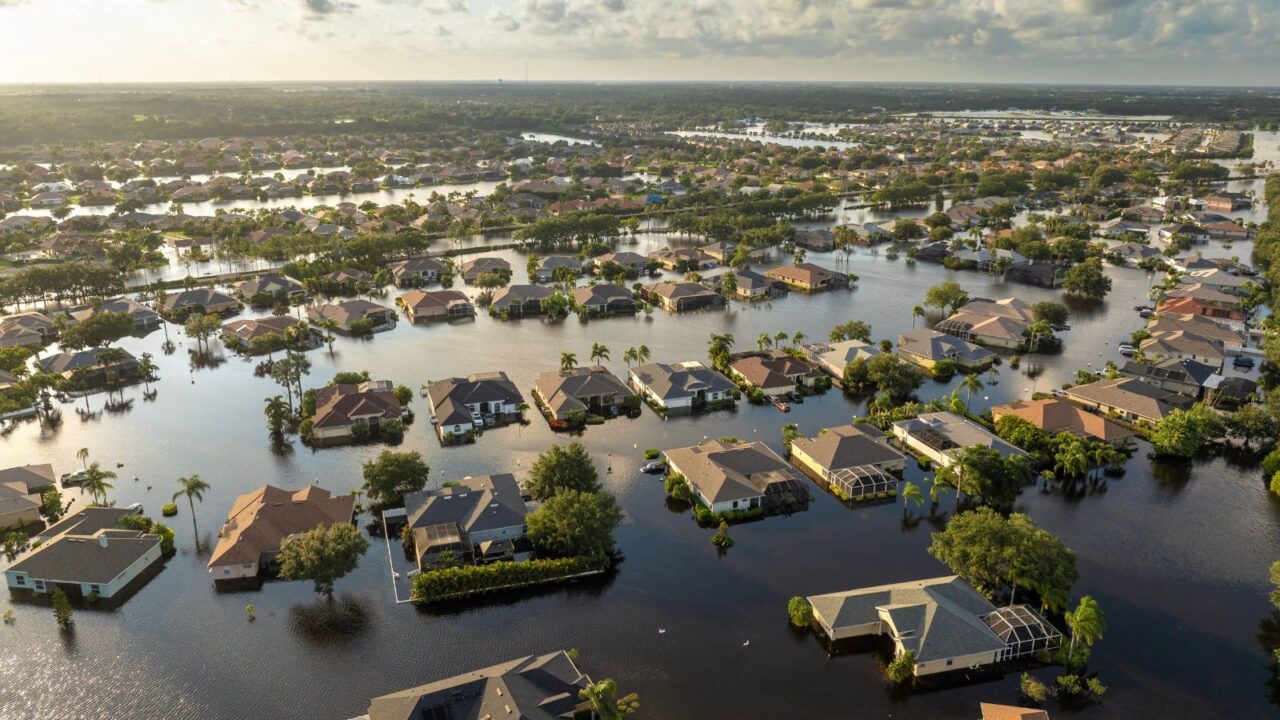
Understanding atmospheric rivers and their impacts
Atmospheric rivers are massive flows of moisture from the tropics that can unleash intense rain and flooding on land. These phenomena can affect vast areas, from coastal regions to inland cities, leading to potential damage like landslides, flooding, and river overflow.
These ‘rivers in the sky’ often cause localized flooding, strain infrastructure, and increase environmental risks, making it crucial to understand their behavior, especially in the U.S. states most affected by them.

Why California faces the highest risks
California is particularly vulnerable to atmospheric rivers, with its long coastline and mountainous terrain. The state’s winter months can bring heavy rainfall and storms that lead to flooding, mudslides, and water system strain.
Recent updates show that California continues to develop flood resilience plans, including enhanced infrastructure and flood management systems. These efforts are vital for reducing the impact of frequent atmospheric river events in the coming years.
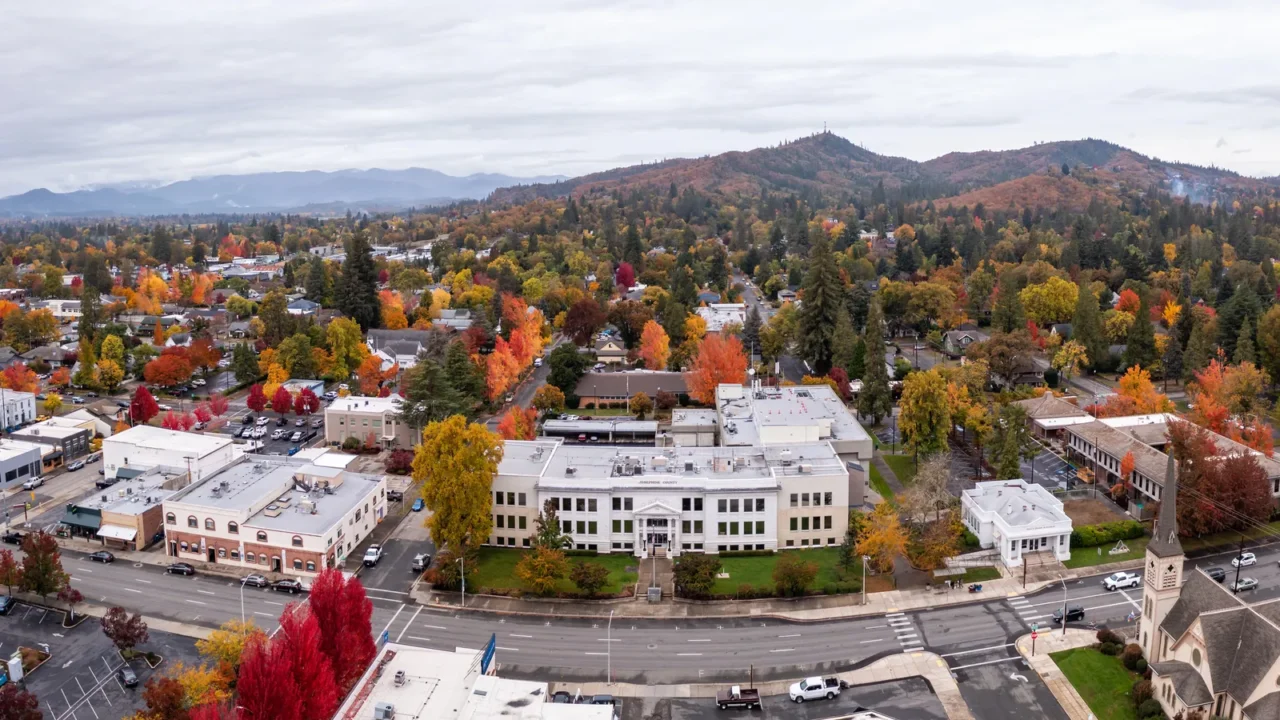
Oregon’s flood-prone coastline
Oregon’s coastal and river regions are highly susceptible to atmospheric rivers, which bring heavy rainfall and the risk of flooding. These storms can also result in landslides and significant erosion, especially along the coastal cliffs.
State planners are working on improving infrastructure and managing floodwaters more effectively. Continued focus on environmental sustainability and resilience is key to mitigating the challenges posed by atmospheric rivers.
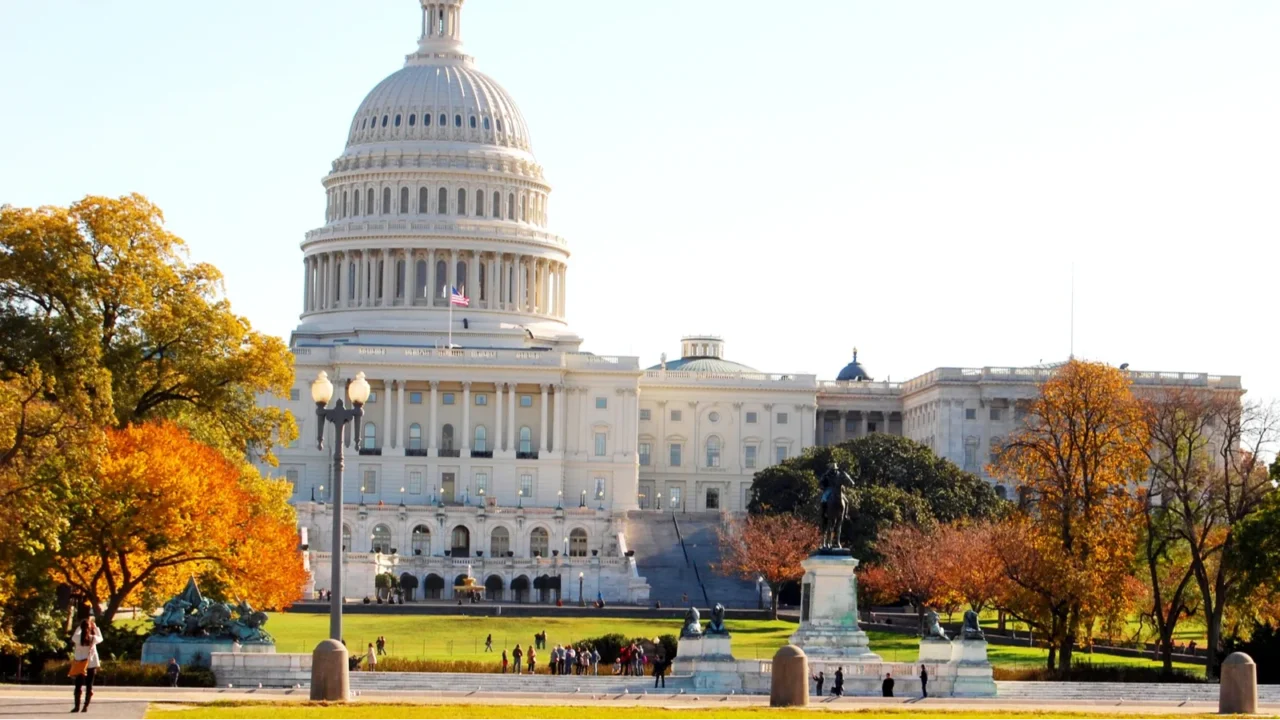
Washington state’s intense rainfall
Washington, especially its western regions, is no stranger to the effects of atmospheric rivers. Intense rainfall can overwhelm rivers and local infrastructure, often resulting in major floods and road closures.
Recent studies emphasize that Washington is improving stormwater management systems and investing in flood prevention. Despite these efforts, the risk remains high during the wet winter months.

How Nevada and Idaho face inland impacts
Although not directly on the coast, Nevada and Idaho feel the effects of atmospheric rivers through flash flooding. These inland regions experience rapid runoff, particularly in areas that have previously been snow-covered.
Efforts to manage water resources and build resilient infrastructure are key in these areas. With the region facing rapid population growth, these initiatives are becoming more critical to long-term sustainability.
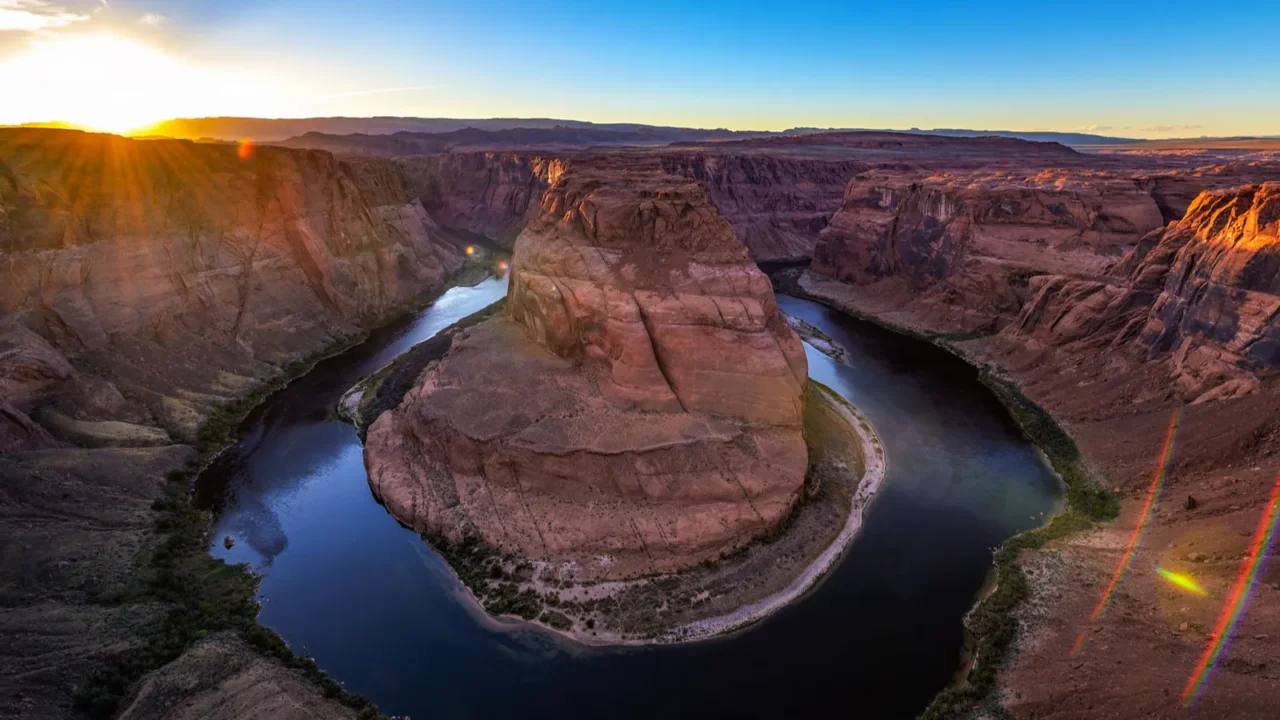
Colorado and Utah’s flooding concerns
Colorado and Utah are vulnerable to atmospheric rivers that interact with snowpack in the mountains. This can lead to rapid snowmelt, overwhelming river systems and creating flash floods, especially in canyons and valleys.
Both states are taking steps to manage stormwater more effectively and protect communities in flood-prone areas. Enhanced infrastructure is critical in these regions, as the rapid melting snow can be unpredictable.
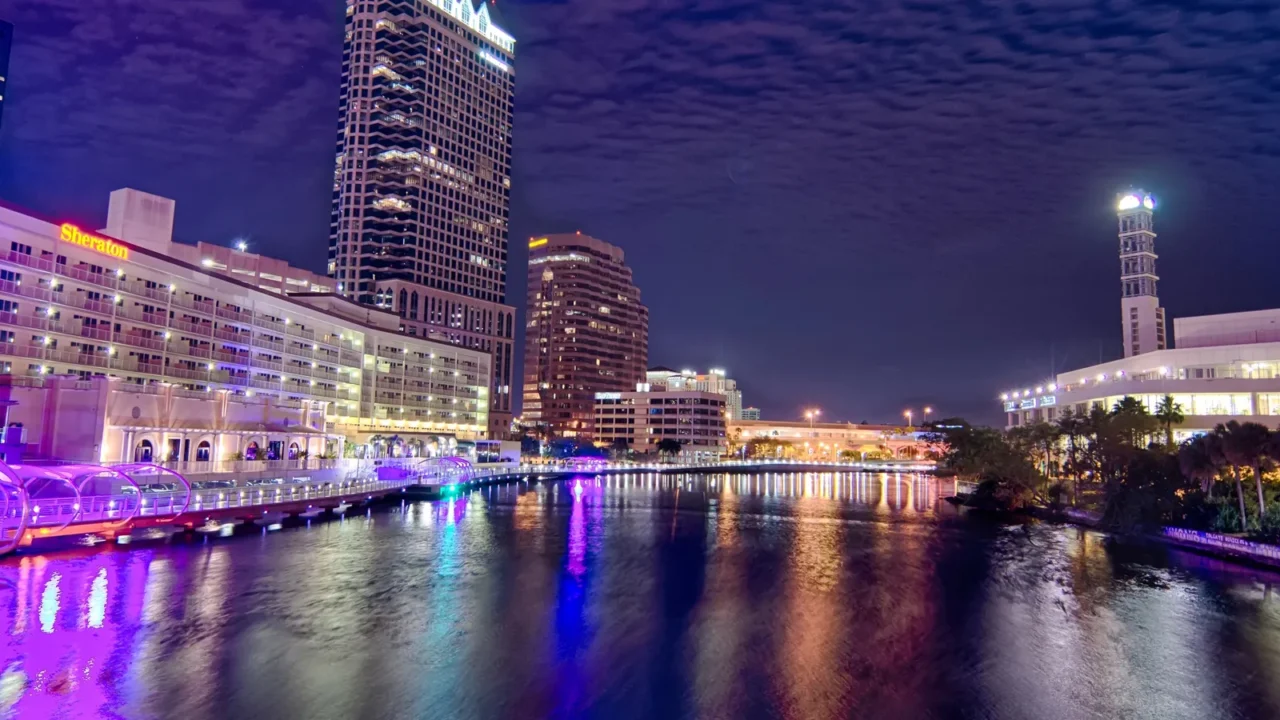
Southeast U.S. faces indirect impacts
The Southeast U.S. is less frequently affected by atmospheric rivers, but remnants of these storms can bring heavy rains and flash flooding. While not a regular risk, the region can experience significant rainfall when atmospheric rivers push through from the Pacific or Gulf.
Preparedness in the Southeast focuses on flash flood risks in urban floodplains and rural basins. Many communities are improving flood defenses to better manage sudden storms and their consequences.

The risks of coastal erosion and storm surge
Coastal areas in the Pacific and Southeast face the dual threat of atmospheric rivers and storm surges. Heavy rains can exacerbate the effects of rising sea levels, leading to increased coastal erosion and damage to infrastructure.
In response, many states are focusing on coastal restoration projects and investing in resilience measures. These initiatives are necessary to protect communities living near the coast from ongoing environmental threats.
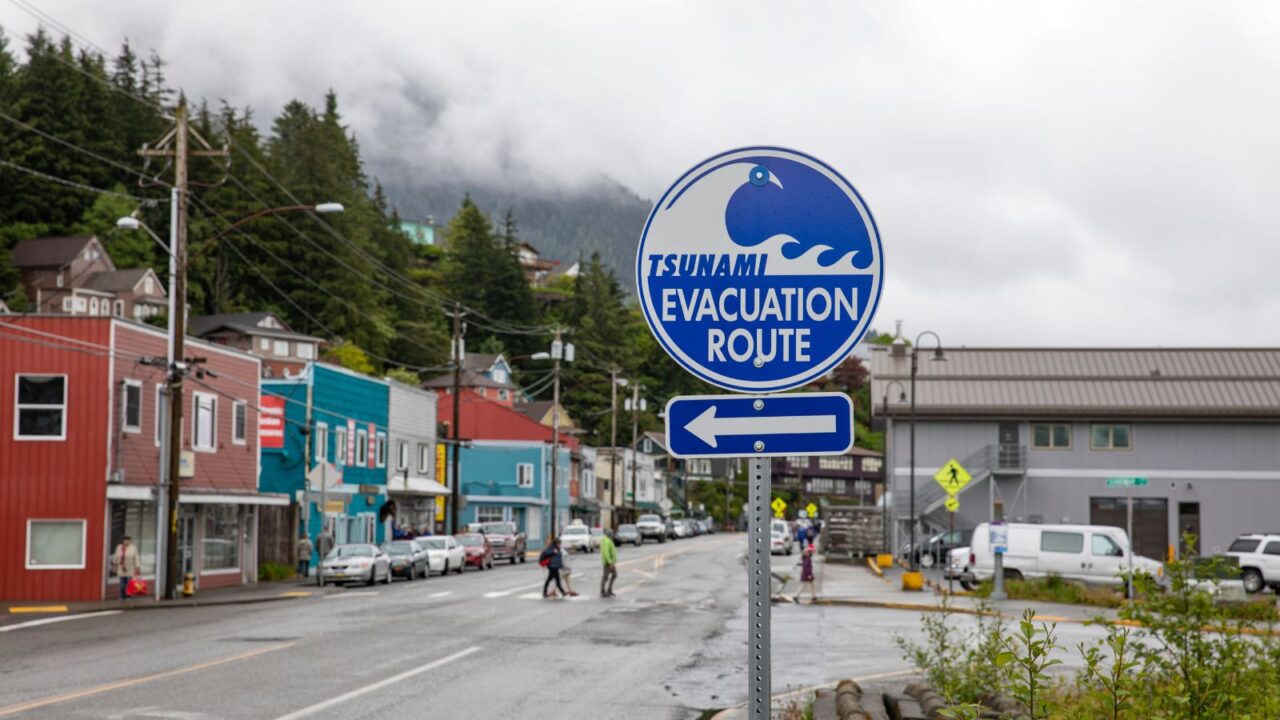
Hawaii’s seismic risks and tsunami preparedness
While Hawaii isn’t affected by atmospheric rivers, it’s at risk from seismic activity, including offshore earthquakes that can trigger tsunami alerts. State officials continually invest in improved tsunami detection and evacuation systems to ensure public safety.
The region is continually improving tsunami detection and evacuation systems. It’s essential to monitor local advisories and keep up with official alerts for real-time updates on tsunami risks, especially during seismic events.

Water management challenges in the West
States like California, Oregon, and Washington are struggling with water management in the face of atmospheric rivers. These intense weather events often create excess runoff that overwhelms flood control systems and causes riverbanks to overflow.
Recent investments in flood control infrastructure, like dams, levees, and retention basins, are helping reduce the risk of widespread damage. However, balancing the needs of growing populations with environmental protection continues to be a challenge.

Stay prepared for atmospheric rivers
The best way to stay prepared for an atmospheric river event is to stay updated with official weather forecasts and warnings. Local authorities, the National Weather Service, and regional emergency management systems provide real-time updates.
Create an emergency plan that includes a 72-hour supply kit, contact information for emergency services, and evacuation routes. This ensures you’re ready for potential flooding and other hazards during an atmospheric river event.

Emergency preparedness for flood-prone areas
For those living in flood-prone areas, it’s important to check floodplain maps, get flood insurance, and assess the flood risk of any property you’re considering.
Local municipalities are investing in better stormwater management, but personal preparedness remains a key factor in minimizing damage. Be sure to monitor alerts, secure your home, and follow evacuation orders when needed.
In other news, according to reports US may issue China warning over the deadly virus.
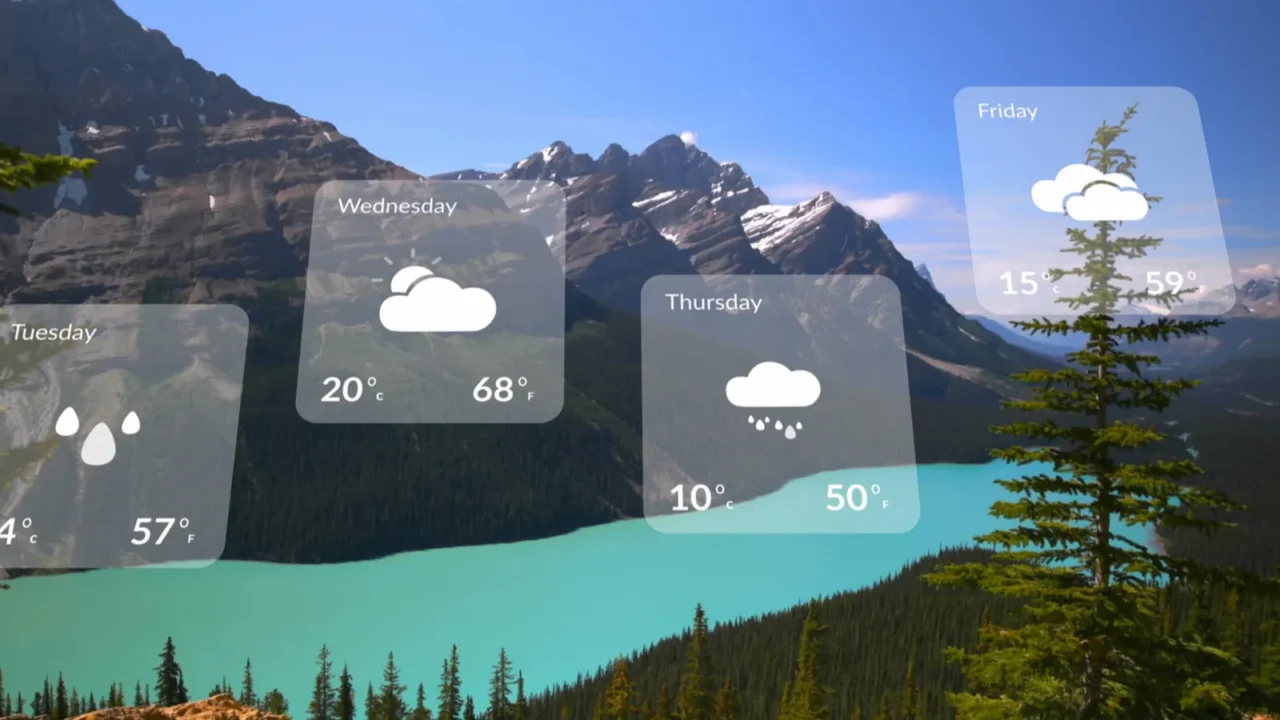
The role of technology in disaster preparedness
Advancements in technology are helping communities prepare for atmospheric rivers more effectively. Improved early warning systems, flood modeling tools, and mobile apps allow residents and officials to respond more quickly.
Technology plays a critical role in disaster management, enabling more precise forecasting and better coordination between local agencies. This helps mitigate the risks of flooding and other storm-related damages.
Planning a trip south of the border? Find out what’s really behind the latest U.S. travel warning for Mexico before you go.
Which state are you most concerned about? Tell us which state you’re most concerned about when it comes to atmospheric river risks in the comments.
Read More From This Brand:
- The happiest U.S. cities to live in, according to a new study
- Why more people are leaving California for Florida
- Hidden villages in the Swiss Alps where time feels frozen
Don’t forget to follow us for more exclusive content right here on MSN.
This slideshow was made with AI assistance and human editing.